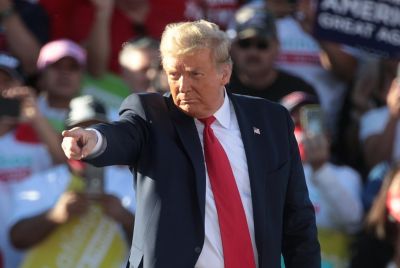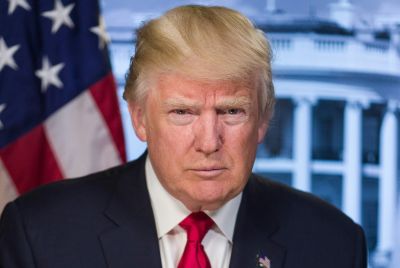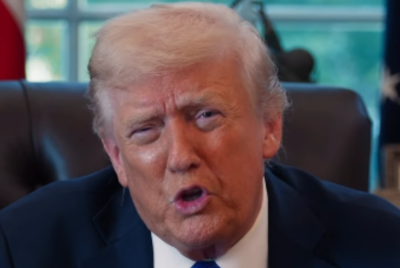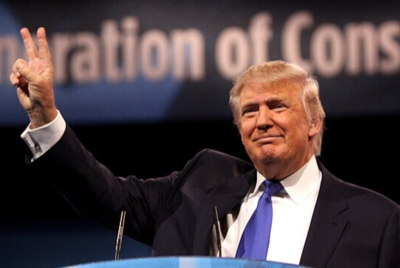$2K Stimulus Cheques 2025 Release: Financial Aid From Trump May Not Arrive Until Mid Next Year
Trump's tariff-funded stimulus plan sparks inflation fears and delay warnings until mid-2026.

President Donald Trump has suggested that Americans could receive $2,000 (approximately £1,520) stimulus cheques funded by US tariff revenues, though the payments are unlikely to arrive before mid-2026. The proposal comes amid growing debate over its feasibility, with budget experts and economists cautioning that such direct payments may increase inflation.
In the US, the much-needed stimulus cheque is a direct payment issued by the federal government to help support households during periods of economic strain. These payments are typically sent during national emergencies or recessions to boost consumer spending and stabilise the economy. Most Americans receive the funds automatically through bank transfer or postal cheque, based on their tax records. The amount varies depending on income, tax status, and government policy at the time.
Trump has insisted that tariff revenue provides the necessary funding and has linked the payments to broader fiscal objectives, including debt reduction.
Timing of the Payments
Trump indicated during an Oval Office event promoting the US FIFA World Cup next year that the cheques would target 'individuals of moderate income.' He stated that the payments could be expected 'probably in the middle of next year, a little bit later than that.' The announcement confirms that the cheques will not be distributed before the 2025 holiday season.
Last week, aboard Air Force One, Trump reiterated the delay, saying, 'No, no. Not for this year. It'll be next year sometime.' White House press secretary Karoline Leavitt added that the administration is reviewing all available options for delivering the payments. Treasury Secretary Scott Bessent also noted that the dividend could take various forms, including tax reductions as part of the president's agenda.
Funding and Economic Concerns
Trump has argued that tariff revenues provide ample funding, stating, 'We've taken in hundreds of millions of dollars in tariff money. We're going to be issuing dividends later on.' He also said that part of the funds would go towards reducing the US national debt, currently at $37 trillion (£28 trillion). The administration positions the dividend as both a financial boost for Americans and a tool to address long-term fiscal concerns.
Economists have cautioned that issuing direct payments may have inflationary effects. Research from the Federal Reserve Bank of St. Louis in 2023 found that previous stimulus payments, $1,200 (£912) in March 2020 and $600 (£456) in December 2020 under Trump, and $1,400 (£1,064) in March 2021 under Joe Biden, raised inflation by approximately 2.6 percentage points. Critics have suggested that another round of direct payments could trigger similar effects if not carefully managed.
Target Recipients and Impact
Trump specified that the $2,000 payments would focus on 'middle income' Americans. The proposal is intended to provide a direct financial benefit to households while also allowing recipients to spend or allocate the funds as needed.
While Trump has confirmed the plan, no definitive timeline has been set for disbursement beyond the mid-2026 projection. Americans should not expect the stimulus before the end of 2025, and there remains uncertainty regarding the precise method of delivery. Officials emphasise that the payments are contingent on ongoing economic and budgetary considerations, with the administration aiming to combine relief for households with measures to reduce national debt.
© Copyright IBTimes 2025. All rights reserved.





















